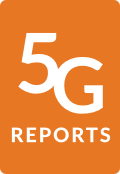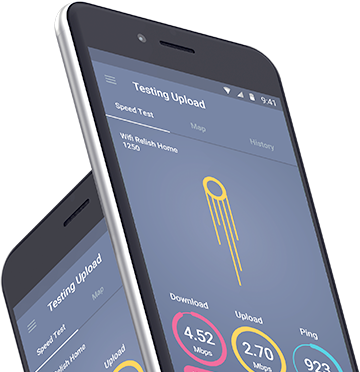For the first time, Opensignal has analyzed the 5G experience in four major regions of Canada to understand how 5G experience varies across the country on three national carriers — Bell, Rogers and Telus — and a regional 5G carrier Videotron.
Bell and Telus share the regional 5G Video Experience awards in Alberta, British Columbia, and Ontario with Excellent ratings. Both operators also garnered an Excellent category in Quebec, however, Videotron is the outright winner in the region.
We saw identical winners for the regional 5G Games Experience and 5G Voice App Experience categories — Telus and Rogers each win outright in Alberta and Ontario, respectively. Meanwhile, Rogers shares the top spot in Quebec with Videotron. In British Columbia, we saw a three-way split between the national operators for both awards.
Moving onto the regional 5G Download Speed results across all operators and regions, our Bell users in Alberta and British Columbia reported the fastest average 5G download speeds of 175.6-182.8 Mbps. In addition, Bell and Telus share the 5G Download Speed award in British Columbia, Ontario and Quebec.
Having super-fast 5G download speeds is only relevant if users can spend time connected to an active 5G signal. Opensignal’s regional analysis shows that Rogers users see the highest 5G Availability across all operators in Alberta (14.1%) and British Columbia (15%), as well as Ontario where it jointly wins with Telus. On the other side, Bell leads on 5G Availability in Quebec with a score of 13.2%.
Select any region or city below to display individual breakdown




